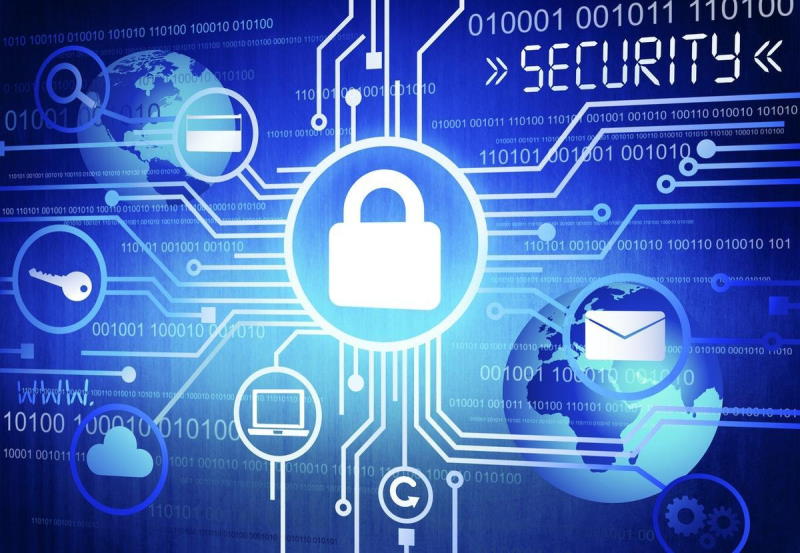
Breaches and cyber attacks are costly endeavors. Not only do they impact a business financially, but they also erode customer trust and can put even the most substantial companies on the road to ruin. Securing customer data is essential. Doing so while protecting both consumer and non-consumer operations is a useful way to mitigate these problems while reinforcing company infrastructure.
Endpoint encryption is a full-scale solution to a significant problem. Here’s a quick primer on this useful cybersecurity measure.
What is endpoint encryption?
The word “encryption” sounds complicated, but it’s relatively simple. It merely means the form and presentation of data are changed, so it can’t be read or understood by a third party. The “endpoint” in this equation is the actual location of the data. It could be a laptop, company server, or similar items. In endpoint encryption, data gets scrambled, so it is unreadable by a third party in the event of a breach. It can stop dangerous software (like keyloggers) from locking, accessing, or corrupting files. Endpoint encryption provides robust data security and loss prevention. It is unlike antivirus software or full network security and typically takes a two-front approach, with endpoint security software being installed on both the main server and the devices themselves.
How does it work?
Endpoint security is but one aspect of a more extensive security methodology an organization can employ. Whether on its own or combined with other endpoint solutions like cloud security, sandboxing, URL filtering, and even an antivirus, endpoint encryption is an essential business tool. It’s also reasonably straightforward.
There are a few commonly used encryption techniques, but the two most common are FFRM and Whole Drive.
Whole Drive security protects an entire operating system, encrypting the whole hard drive. Only the master boot record is left unencrypted (so the machine can boot up and access the system’s encryption driver). As more data gets stored on the device, it gets automatically encrypted. To access a system encrypted this way requires a log-in or PIN authorization.
The FFRM (an abbreviation for “file, folder, and removable media”) method encrypts data on local drives or removable media like USB thumb drives. It remains encrypted until an authorized user opens the file. This technique has the bonus of working on structured and unstructured data, so it’s application covers databases, documents, and images.
Both methods are typically used in an all-encompassing endpoint encryption solution.
What does it protect?
Encryption software protects against attacks on unattended devices (known as an “evil maid” attack). These can occur in a number of ways and are often undetected until it’s too late. The reality is most businesses need powerful encryption software because it protects some of the most vital aspects of the operation. Devices like laptops, files, and removable media receive protection from an array of possible dangers, including data loss and threats from insiders. It can protect intellectual property from being compromised as well as reinforce regulatory compliance in your industry. Furthermore, privacy and data protection alone are worth integrating endpoint security and encryption software into your cybersecurity routine.
Advantages of endpoint encryption
The main advantage of endpoint encryption is blocking access to data at any potential entry points. Using this method, an organization can effectively protect itself from the kind of costly attacks that can be devastating over time. Moreover, modern data protection laws require a certain level of compliance to avoid heavy fines in the event of a breach (among other related concerns). Aside from these important roles, there are more pragmatic advantages of setting up endpoint security at any organization. Flexible hardware and software-based encryption function across mixed environments combine with equally flexible pre-boot authentication methods to create a powerful endpoint security solution. Your data benefits from both fully integrated disks (the whole disk method) and FFRM encryption methods, while the software supports a variety of drives from different manufacturers. It’s also easy to use with both automatic and transparent encryption available (and having no effect on performance). Perhaps the most beneficial aspect of encryption software is automating some aspects of the encryption and security process, but overall it’s a very useful business tool.
Administration and reports

At the end of the day, knowing what’s going on with your organization’s endpoints and data is key to preventing endpoint security problems. Quality management is the building block of endpoint security success. Endpoint encryption provides privileged user control and remote access to your devices, so you can immediately kill an affected device should the need arise. You can also get a quick view of the device’s attributes and ID to simplify administration or generate one-time secure passwords to quickly access a device. The best software will also offer detailed audits and reports, that can help your business remain compliant and safe while letting the software handle the details in real-time. Endpoint encryption software is a superb method of securing any small business, startup, or other organization from today’s modern cybersecurity threats.

